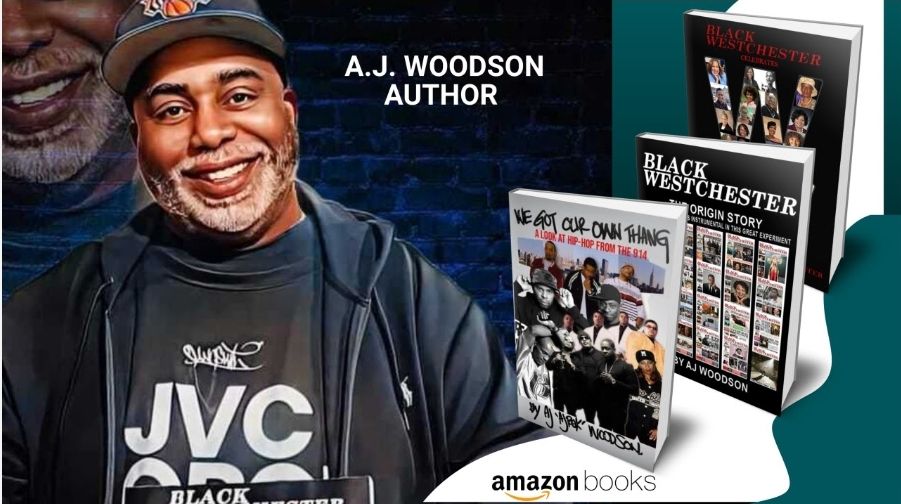On January 20, 2025, former President Donald Trump signed an executive order designating certain international drug cartels as Foreign Terrorist Organizations (FTOs) and Specially Designated Global Terrorists (SDGTs). This unprecedented step grants the federal government expanded authority to combat transnational drug trafficking networks by applying counterterrorism laws to cartels. While the move aims to disrupt cartel operations, it has far-reaching implications for U.S.-based gangs, local law enforcement, and vulnerable communities, particularly in historically marginalized areas like Black neighborhoods. But what happens when local gangs have ties to these cartels?
Local gangs often act as the operational arms of cartels within the U.S., facilitating drug distribution, smuggling, and money laundering. Under the new designation, individuals participating in these activities could face charges for providing material support to terrorist organizations, a crime outlined in 18 U.S. Code § 2339B. Unlike standard drug-related offenses, these charges carry substantially harsher penalties, with some defendants facing life imprisonment. This escalation in legal consequences introduces a new level of risk for gang members, potentially serving as a strong deterrent but also raising concerns about disproportionately harsh sentences for low-level offenders coerced into cartel-related activities.
The designation also equips prosecutors with powerful tools, including asset freezes, enhanced surveillance through wiretapping, and international intelligence sharing, to dismantle these intertwined networks. Federal courts, known for imposing stricter sentences than state courts, are expected to handle these cases, signaling a significant shift in the legal landscape for gang members with cartel ties.
Federal agencies like the FBI, DEA, and Homeland Security Investigations (HSI) will take the lead in these investigations, leveraging their larger budgets, advanced technology, and broader jurisdiction to pursue cases that transcend state and national borders. Unlike local law enforcement, which often struggles with limited resources and geographic constraints, federal agencies are better positioned to target the complex, transnational operations of cartels and their U.S. collaborators.
Counterterrorism laws broaden federal capabilities, enabling prosecutors to dismantle not just individual actors but entire criminal networks. Collaborative programs such as the Organized Crime Drug Enforcement Task Forces (OCDETF) facilitate the sharing of intelligence and resources between federal and local agencies, enhancing the capacity of underfunded local departments to address sophisticated criminal enterprises. These partnerships also create opportunities for specialized training, potentially bolstering the long-term effectiveness of local law enforcement.
Many U.S.-based gangs, including MS-13, the Bloods, and other regional outfits, maintain direct ties to Mexican and Central American cartels. These partnerships often involve smuggling drugs across the border, distributing narcotics domestically, and enforcing cartel influence on American soil. The executive order could effectively criminalize a wider range of activities by targeting these alliances. For instance, even non-violent logistical support, such as transporting illicit goods, could qualify as aiding a terrorist organization, leading to escalated legal consequences. Furthermore, the Racketeer Influenced and Corrupt Organizations Act (RICO) could see expanded application in conjunction with terrorism laws, enabling prosecutors to dismantle entire gang networks with unprecedented efficiency. These expanded tools signal a federal crackdown not just on cartel leadership abroad but also on their operational partners within U.S. borders.
As federal agencies step in to tackle cartel-linked gangs, a critical question remains: how will this affect local communities already grappling with the dual burdens of gang violence and systemic underinvestment? Addressing these challenges will require a balanced approach—one that disrupts cartel-gang alliances without further marginalizing the communities caught in the crossfire.
Challenges for Local Law Enforcement, Especially in Black Communities
Despite the advantages of federal intervention, this shift presents significant challenges for local law enforcement agencies. Many police departments, particularly those serving predominantly Black communities, are underfunded and understaffed, leaving them ill-equipped to tackle the sophisticated and resource-intensive nature of cartel-linked investigations. The financial and staffing constraints faced by these departments often result in a lack of access to specialized training, advanced technology, and personnel capable of addressing complex, transnational criminal networks.
This lack of resources is compounded by the risk of marginalizing local authorities. Federal intervention may unintentionally sideline local agencies, whose officers possess a deeper understanding of the cultural dynamics and specific needs of their communities. Without active local involvement, enforcement efforts risk becoming overly detached, leading to a loss of trust and cooperation from residents—a cornerstone of effective community-based policing.
In many Black neighborhoods, the history of strained relationships with law enforcement further complicates this dynamic. Communities that have experienced over-policing and systemic inequities are likely to view heightened federal involvement with skepticism, fearing increased surveillance, aggressive tactics, and racial profiling. These practices could erode the already fragile trust between law enforcement and residents, making it harder to address root causes of gang recruitment and crime effectively.
The underfunding and understaffing of local departments also hinder their ability to engage in preventative measures. Programs focused on education, mentorship, and intervention require resources that many departments simply do not have. Without these community-focused initiatives, enforcement risks addressing symptoms of crime rather than its underlying causes, perpetuating cycles of poverty and incarceration in vulnerable neighborhoods.
However, if the execution is done correctly, with respect for the residents, dismantling criminal gangs in Black communities is long overdue. For decades, many Black neighborhoods have borne the brunt of gang violence and its devastating consequences—higher rates of homicides, drug addiction, and economic stagnation. These communities often face a dual burden: the terror of gang dominance and the neglect of systemic underinvestment in safety, education, and infrastructure. While well-intentioned federal and local efforts have been sporadic in addressing these issues, they have rarely provided long-term relief or structural change.
Breaking the grip of gang influence could be transformative for Black communities, offering a chance for residents to reclaim their neighborhoods. Without the fear and intimidation imposed by gang activity, businesses could thrive, schools could function as true safe havens, and community members could feel secure in their homes and streets. The removal of these criminal elements might also provide an opportunity to address deeper systemic issues by creating space for the introduction of social programs, economic development initiatives, and community-led efforts to build resilience and trust.
Importantly, any such effort must be conducted with care and respect for the residents of these communities. Heavy-handed enforcement that fails to differentiate between gang members and ordinary residents risks further alienating those the policy seeks to protect. Sweeping crackdowns without addressing the root causes of gang activity—such as poverty, lack of opportunities, and systemic inequities—would only offer temporary relief while perpetuating cycles of despair and resentment.
For many residents of Black communities, the sense of not getting a break from these pressures is deeply ingrained. Gang activity thrives in environments where economic opportunities are scarce, and systemic neglect has created fertile ground for recruitment and exploitation. To truly rid these neighborhoods of gangs, enforcement efforts must be paired with sustained investment in job training, affordable housing, youth mentorship programs, and mental health resources. A comprehensive approach that uplifts communities alongside removing criminal elements is essential to ensure lasting change.
This is a moment for policymakers to prioritize the needs and voices of Black communities, many of which have waited too long for relief from violence and neglect. While dismantling gangs is critical, ensuring that these efforts pave the way for empowerment and renewal is even more important. When done correctly, such actions could mark the beginning of a new era of safety, dignity, and prosperity for neighborhoods that have been overlooked and overburdened for far too long.
Trump’s executive order is both a bold and controversial step in combating cartel influence within the United States. By treating cartels as terrorist organizations, the government gains access to powerful tools designed to dismantle transnational networks. However, the strategy’s implementation carries significant risks, particularly for Black communities and other historically over-policed populations.
Balancing enforcement with community trust, addressing systemic inequities, and fostering international cooperation will be critical to the order’s long-term success. Without these measures, the policy risks becoming a double-edged sword—effective in disrupting cartels but at the cost of deepening domestic and social divides.










